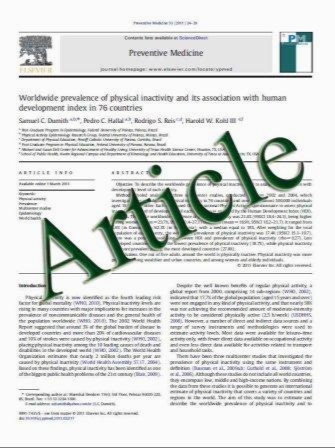Liver iron concentration quantification by MRI: are recommended protocols accurate enough for clinical practice?
- نوع فایل : کتاب
- زبان : انگلیسی
- مؤلف : Agustin Castiella, Jose M. Alْstiza, Jose I. Emparanza, Eva Mھ Zapata, Belen Costero, Maria I. Dیez
- چاپ و سال / کشور: 2010
Description
Objective To assess the accuracy of quantification of liver iron concentration (LIC) by MRI using the Rennes University (URennes) algorithm. Methods In the overall study period 1999–2006 the LIC in 171patients was calculated with the URennes model and the results were compared with LIC measured by liver biopsy. Results The biopsy showed that 107 patients had no overload, 38 moderate overload and 26 high overload. The correlation between MRI and biopsy was r=0.86. MRI correctly classified 105 patients according to the various levels of LIC. Diagnostic accuracy was 61.4%, with a tendency to overestimate overload: 43% of patients with no overload were diagnosed as having overload, and 44.7% of patients with moderate overload were diagnosed as having high overload. The sensitivity of the URennes method for high overload was 92.3%, and the specificity for the absence of overload was 57.0%. MRI values greater than 170 ىmol Fe/g revealed a positive predictive value (PPV) for haemochromatosis of 100% (n=18); concentrations below 60ىmolFe/g had a negative predictive value (NPV) of 100% for haemochromatosis (n=101). The diagnosis in 44 patients with intermediate values remained uncertain. Conclusions The assessment of LIC with the URennes method was useful in 74.3% of the patients to rule out or to diagnose high iron overload. The method has a tendency to overestimate overload, which limits its diagnostic performance.
Eur Radiol (2011) 21: 137–141 DOI 10.1007/s00330-010-1899-z Received: 18 March 2010, Revised: 6 May 2010, Accepted: 2 June 2010, Published online: 6 August 2010


